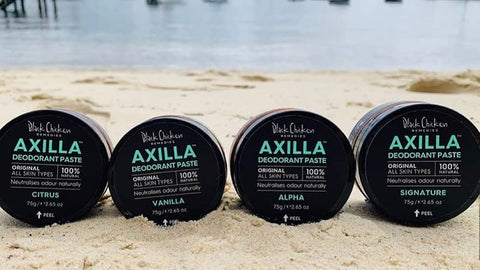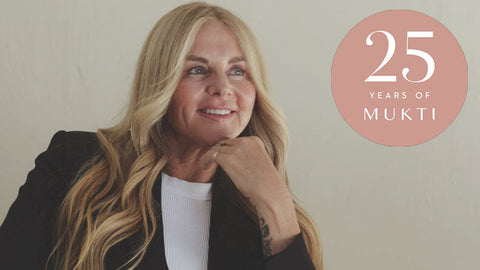What are food additives?
Food additives are often synthetic and artificially derived chemicals which are used in processed food to keep them fresh or to enhance their colour, flavour or texture1. Listed on the label in descending order by weight, they go by three digit numbers known as the International Numbering System (INS). Added to a huge range of processed food including packaged bread, jelly, and colourful cereals marketed to kids, the further away from real food you get, the more additives you’ll encounter. There are around 16 types of additives commonly found in food products in Australia, from bulking agents to emulsifiers, artificial sweeteners, thickeners, colours, flavour enhancers and preservatives. Apples are often coated with Beeswax (Glazing Agent 901) to make them look shiny, Sorbitol (Humectant 420) is added to dried fruit to maintain softness, and Sulphur Dioxide (Preservative 220) is found in meat products. So they're often used just to make food look good!Why should we avoid food additives?
Since many food additives are synthetically derived, they can cause adverse reactions, intolerances and sensitivities in some people. Symptoms can include rashes, irritable bowel symptoms, headaches, and irritability or behavioural issues in children.2 In the UK, six artificial colours have been found to be associated with hyperactivity in children, and an EU-wide mandatory warning must be put on any food or drink that contain any of these colours, along with a warning on the label stating ’may have an adverse effect on activity and attention in children’.3 The more additives in the mix, or the higher the amount, the higher the chances are of a reaction occurring. Children can experience symptoms such as diarrhoea and tummy/colicky pains, hyperactivity, insomnia and irritability, asthma, rhinitis, and sinusitis, as well as hives, itching, rashes and swelling.1 Five years ago I wrote a blog post about the harmful food additives found in our beloved Tim Tams, and I have since noticed that the use of artificially made colours has actually decreased. More confectionary companies are moving to naturally derived colours and flavours, which is a step in the right direction, but we still have to be extra careful when buying anything packaged or processed.Food additives to avoid
ColoursColours are often used in lollies, cakes and chocolates to give these sweets their distinct, bright colours. The six food colours associated with possible hyperactivity in young children as identified by a Southampton University in a study for the Food Standards Agency UK are:
- 102 tartrazine
- 104 quinoline yellow
- E110 sunset yellow FCF
- E122 carmoisine
- E124 ponceau 4R
- E129 allura red
- 621 monosodium glutamate (MSG) - often used in Asian cooking in particular. In large amounts, reactions headaches, numbness/tingling, flushing, muscle tightness, and general weakness.2
Preservatives
Those with asthma may have issues with preservatives.
- 210, 211, 212, 213 benzoates
- 249, 250, 251, 252 nitrates - 250 and 251, which are used in processed meats, have been classified as 'probably carcinogenic to humans' by the International Agency for Research of Cancer.
- 220, 221, 222, 223, 224, 225 and 228 sulphites - found in wine, beer and dried fruit, are known to trigger asthmatic episodes and cause migraines in people who are sensitive to them.
- 951 aspartame - Artificial sweeteners can be far sweeter than sugar and are typically used in diet and low-sugar foods and drinks.
Sources: 1Better Health Victoria, 2Food Standards Australia New Zealand,3Food Standards Agency UK.



